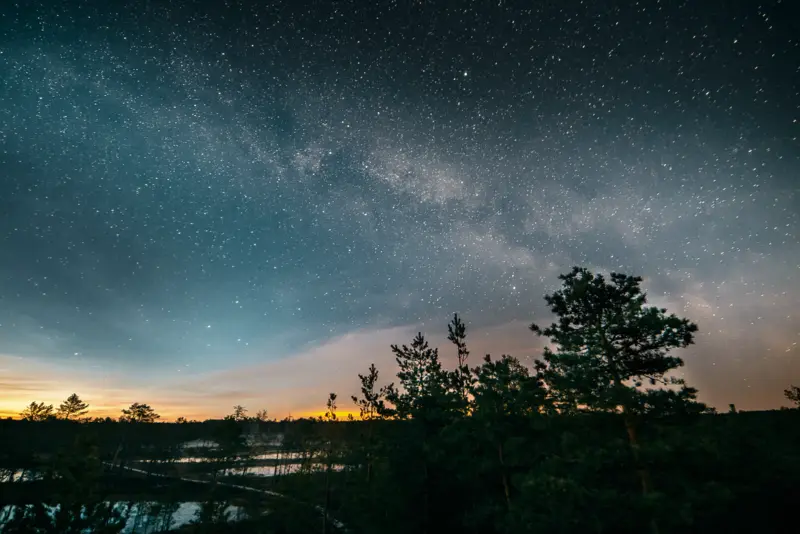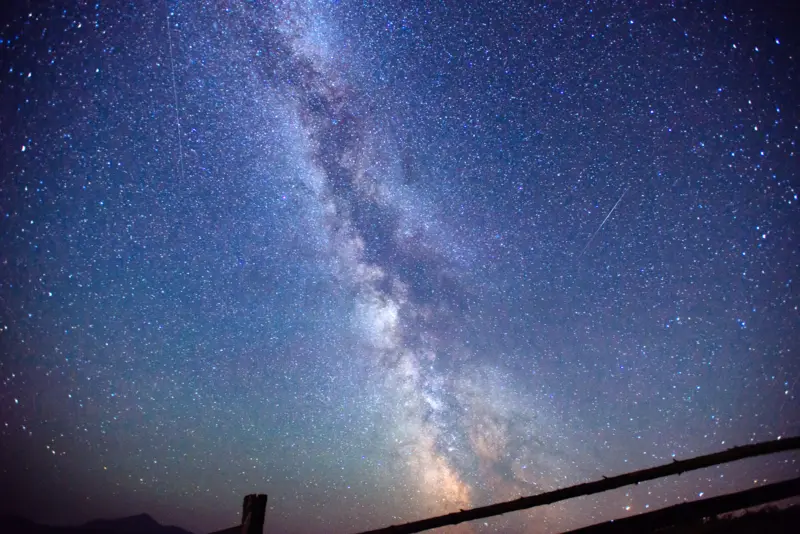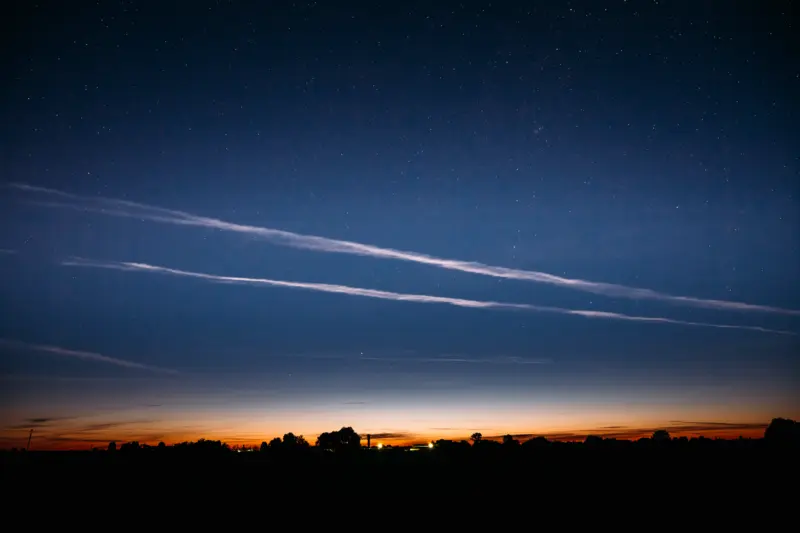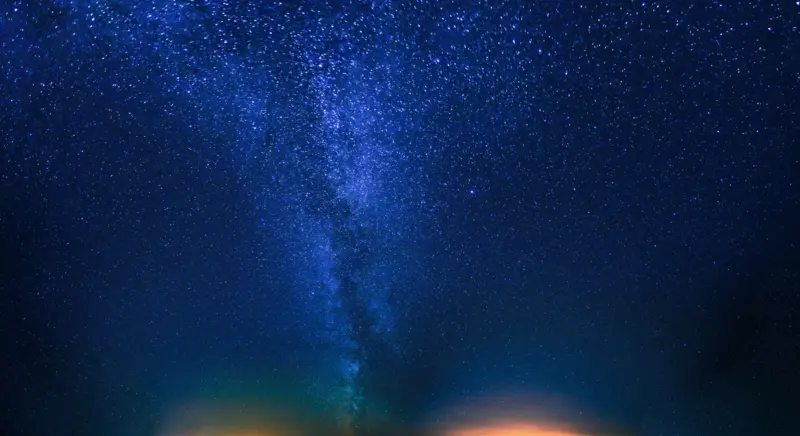Unveiling the Flow of Time:
A Dive into Long Exposure Photography
Long exposure photography isn’t just about capturing a scene – it’s about revealing the hidden rhythms of the world. Unlike the split-second snapshots we’re accustomed to, this technique uses slow shutter speeds, allowing the camera sensor to record light for an extended period. The result? A captivating transformation of the ordinary into the extraordinary. Imagine a rushing waterfall transformed into a silky sheet of liquid, its power and movement rendered in a smooth, ethereal flow. Or picture bustling city streets, their usual chaos replaced by trails of vibrant light from passing vehicles, painting the scene with a dynamic energy. These are just a few examples of the magic that long exposure photography can create.
Technically, achieving stunning long exposures requires careful planning and specific equipment. A sturdy tripod is essential. Because the camera’s shutter remains open for a long duration, even the slightest movement can result in a blurry image. Using a tripod ensures the camera stays perfectly still, consequently preventing blurry results. Additionally, photographers often use neutral density (ND) filters to reduce the amount of light entering the lens. This allows for even slower shutter speeds without overexposing the image.
The applications of long exposure photography are vast and varied. It’s a popular choice for capturing water in motion. Blurring rushing rivers, waterfalls, or crashing waves into a sense of tranquil serenity, long exposure photography reveals the hidden calmness beneath the surface. Night photography is another area where long exposures shine, allowing photographers to capture the movement of stars as they traverse the night sky, creating mesmerizing star trails.
Long exposure photography isn’t without its challenges. Light pollution can be a significant obstacle in night photography, and wind can introduce unwanted blur during daytime exposures. Notwithstanding these challenges, with practice and a creative eye, photographers can master this technique to create captivating images that reveal the hidden beauty and motion often unseen by the naked eye.
Beyond the Basics: Exploring Creative Applications
Long exposure photography offers a unique opportunity to push the boundaries of artistic expression. Let’s delve into a couple of exciting applications:
- Light Painting: Imagine using a flashlight or sparkler to “paint” within the scene during the exposure. This technique allows for a high degree of artistic expression and can produce visually stunning results that blend photography with performance art.
- Capturing Cityscapes: Long exposures can breathe new life into cityscapes. Trails of light from moving vehicles transform the scene into a vibrant tapestry of color and movement, showcasing the city’s energy in a captivating way. Conversely, long exposures can also be used to capture the stillness of a deserted city street at night, bathed in the warm glow of lampposts.
Post-processing plays a significant role in refining long exposure photographs. Techniques such as color correction, retouching, and noise reduction are often employed to enhance the final image. Effective post-processing ensures that the image’s details are crisp, colors are vibrant, and any imperfections are minimized, accordingly resulting in a polished and professional photograph.
In conclusion, long exposure photography offers a unique perspective on the world around us. By manipulating time and light, photographers can capture the essence of movement and create dreamlike scenes that defy the constraints of ordinary photography. From silky waterfalls to swirling star trails, long exposure photography unlocks a world of creative possibilities. So, the next time you encounter a flowing river or a dazzling night sky, remember the power of this technique – a tool that can transform the familiar into the extraordinary.




